World Fine Art Professionals and their Key-Pieces, 450 - Gijsbert Hanekroot
World Fine Art Professionals and their Key-Pieces, 450 – Gijsbert Hanekroot
Gijsbert Hanekroot was the guest at the 198th Photographers’ Evening in Café Kalkhoven. Gijsbert Hanekroot is the first well-known pop music photographer in the Netherlands. He published extensively in OOR, but also elsewhere. Anton Corbijn started as a student of Hanekroot.
Aloys: You were born just before the liberation of the Netherlands, on May 1, 1945. What did you want to become as a child?
“I was born in Brussels, which had already been liberated. We then lived in Rotterdam – 10 years – and then in Utrecht. When I was 13/14 years old I borrowed a camera from my mother, a Gevaert Box, 120 film, 6 x 9. With my camera I took photos in the city, but also outside it, for example in Paris.”
Music
Gijsbert Hanekroot was very interested in music, including jazz music. “In October 1963, the saxophonist John Coltrane performed in the Concertgebouw in Amsterdam. I was there and, as an amateur, I took my first photo that is still being published. I was 18 years old at the time. At that time I was passionate about photography. I was inspired, among other things, by Bert Sprenkeling, who photographed for Het Parool.” This newspaper occasionally published his photos full-page, which was not common at the time.
“That same year I visited the Utrecht jazz cellar Persepolis where Donald Byrd performed that evening. I offered the photos I took to the Utrechts Nieuwsblad. I remember the date exactly: November 22, 1963, the day John F. Kennedy was shot. Of course, the photos I took had no chance of appearing in the newspaper.”
“I found a teacher in photography. I was assistant to Philip Mechanicus for three months. He had his own photo studio. I learned the photo process from him. At one point he was asked to photograph the Outsiders, an Amsterdam band led by Wally Tax. ‘Take pictures too’, he said, and of course I did. That’s how I got into pop photography, through Philip. By the way, my contact with Philip was somewhat difficult.”
OOR (EAR)
In the late 1960s a lot of things happened throughout society. The youth revolution was underway and had repercussions in many areas. For example, the newspapers decided that there should be youth pages, so that the sound of the new generation could also be heard in the newspaper. Gijsbert: “That was also an opportunity for me, which I also took advantage of. For example, photos of me appeared on the youth page of De Tijd.” And photos of the young Hanekroot could also be seen in magazines such as HUMO.
Gijsbert’s photography career really started in 1970. He became ‘court photographer’ of the music magazine OOR and even had two assistants, including one Anton Corbijn, a vicar’s son from Hoekse Waard. “I went to a lot of concerts, three or four times a week, but there were plenty of other performances that I left to my assistants. I did the big names myself.”
Aloys: What kind of life did you lead as a photographer for OOR? “It was hard work. Often, when an American group came to the Netherlands, we first went to London where the first performance was always. You took some photos there for the first publicity, and you made the next series in Amsterdam. By the way, for me it was not primarily about the music, but about the photography.” Aloys: Did you still have time to enjoy the music? “My focus was on taking photographs. But of course I had bands that I preferred. I liked melodic music and less hard rock. Lou Reed, The Band, Creedence Clearwater Revival, Neil Young, those were musicians after my own heart. You had to be careful not to swing along.”
Earbuds
He stood at the front under the stage and continued to take photographs throughout the concert. He had two cameras (sometimes three) with him, a black and white camera and a color camera, which he used alternately. “After such a concert, usually lasting an hour and a half, I sometimes had to sit on a chair and take a breath.”
Aloys: Can you say that your personal development as a photographer went hand in hand with the development of pop music? “You can indeed conclude that. But it didn’t just apply to me, it also applied to other photographers, journalists, music agencies, security and the groups themselves.”
Even established concert venues such as the Concertgebouw opened to pop music. “My first concert in the Concertgebouw was with The Byrds. There were three colored lights hanging above the stage. A year later, a complete lighting installation was built in the same room. The following year, The Who performed with an overwhelming sound. I didn’t have earplugs with me yet, so I quickly bought them.” Aloys: Do you talk to musicians a lot? “No, I left that to the journalists, I tried to make myself invisible so I could concentrate on taking pictures.”
David Bowie
Performances that he still remembers are those of The Rolling Stones, J. J. Cale, Joni Mitchell, Bonnie Raitt, and of course David Bowie, about whom he made the photo book ‘David Bowie – The Seventies’. He experienced David Bowie six times. The first time was in London, where Hanekroot was at the AIR recording studio for Roxy Music, where Bowie was also recording. He didn’t take any pictures of him at the time. “Bowie came across as a very shy person at the time.” That would change with the next meetings. Hanekroot shows a photo of Bowie with his son with a lot of other people in the background.
“Lou Reed was your favorite?” “Yes, he had a special personality. He was difficult, but he played that, just like Mick Jagger also plays Mick Jagger.” He shows a photo of Reed with sunglasses and a cigarette in his mouth.
Aloys: And were there already ‘groupies’ back then? “I was under the stage and had my own space to move around there. But indeed just behind me at some concerts were the screaming young girls. In some cases they rushed into my ‘space’ and even started climbing over me.”
Did you go to press meetings? “Yes, I remember a press meeting in Hamburg in 1970 by the Rolling Stones.” Gijsbert opens his laptop and we see the Rolling Stones with Gijsbert there. “I gave my camera to Mick Jagger, who took the picture.”
From ABBA to ZAPPA
Ed van der Elsken and Henri Cartier-Bresson, these were the great examples of Hanekroot. “Cartier-Bresson took such perfect photos, I couldn’t match him. It even started to become an obsession until I later saw, for example, in the work of Robert Frank, that a photo can also be good, even if the composition is not one hundred percent perfect.” Aloys: Did you prefer black/white or color? “That doesn’t matter, the only thing that was important to me is whether the photo is good.” In 1978 Hanekroot went to Vietnam for a photo report for Nieuwe Revu.
Aloys: You continued with pop photography until 1983. “Yes, I continued to follow pop photography, but I didn’t do much in that area anymore. In the meantime I had tens of thousands of negatives. In 2008 my book ‘ABBA…ZAPPA Seventies Rock Photography’ was published. During that time I started taking photographs again. There was recently an exhibition of my pop photography work from that book in Antwerp – 40 photos – which then went to Kiev. I’ve been there too. In three days, 5,000 people visited the exhibition in Kiev. I gave an ‘artist talk’ there. People there have had much less contact with the pop musicians of the time, but they do know the music. They have a great curiosity about it.”
The Soviet Union no longer exists
Aloys: “And you made another book ‘The Soviet Union no longer exists’. “I made that together with Theo Bakker following a trip we both took to Brest – Minsk – St. Petersburg and Moscow and back via Kiev.” We see a photo of soldiers in long green army coats, taken in Brest. Hanekroot recently visited Aleppo, Syria, where we see a photo of a high former shopping arcade with pillars that has been largely destroyed. He is currently working on two projects: ‘Mothers with adult daughters’ and ‘A Wedding Day’.
Aloys: I see on the internet that your photos are being used commercially. “I’m with Getty Images, photo agency. They supply photos to major customers such as Hearst and other major publishers. They also represent my interests if, for example, a fashion house wants to print a T-shirt with a photo of me. Payment must then be made twice: to the artist from whom the photo was taken and to the photographer.”
What do you think of today’s photography style? “Celebrities are still being captured, but capturing alone is not enough. You have to bring something extra. A photographer who does this well is, for example, Andreas Terlaak.”
And Anton Corbijn, your former student, did he learn a lot from you? “Especially what the life of a photographer is like. He really made it happen.”
Patti Smith
Hanekroot unfolds a large photo album with photos of Patti Smith. “I got a call once in 1976. Patti Smith is in Amsterdam and likes it when some photos are taken of her. Can she come over? I then made a series in an hour.” So, have you heard from her? “No, but that happens often. I sent a gift copy of the book ‘ABBA … ZAPPA to Neil Young. He’s on the cover of the book. No response either. I understand, they have to concentrate on their thing, and everything that falls outside is a distraction from that.” By the way, the cover of Neil Young’s LP ‘Tonight’s the night’ is by Hanekroot.
The bond between the photographer and the subject is discussed. Aloys: Ed van der Elsken made very explicit contact. “I just don’t want to make contact. Then the effect is gone.” “I feel whether musicians are really playing with dedication or whether they are just trying to make money. By the way, I also think Van der Elsken’s photos are fantastic, especially his reportage photos, not so much what was shown at the last Van der Elsken exhibition at the Stedelijk.”
Finally, the photo magazine SHUTR published an article this year about the work of Gijsbert Hanekroot. The magazine is on the table. Hanekroot: “With ten photos, of which only three are pop photos.”
Aloys: A round of applause for Gijsbert Hanekroot.
(interview in December 2017)
Images
1) David Bowie, Ahoy Hallen, Rotterdam 1976. Hanekroot: “This new persona was called the Thin White Duke. Huge boxes of fluorescent lights were mounted in the light towers which gave a very special effect to the show.”
2) Jackson 5, Concertgebouw, Amsterdam 1972. “I figured out that Michael must have been 13 years old in 1972, so he could stay up late that night. A perfectly choreographed show, I remember. By that time I could never guess one of the Five would become a legend.”
3) John Lennon, YoKo Ono, Selfridges, London, 1971. “John Lennon who was already a bit paranoid for meetings in the public was kind enough to help his wife Yoko to get some publicity for her new poetry book. This was the official part of the press presentation at Selfridges department store at Oxford street.”
4) Mother and daughter, Lliang, China, 2019. “A book of my mothers and (grown up) daughters series will be out appr. second half of 2024.”
5) Bob Marley, Houtrust Hallen, The Hague, 1977
6) New York Dolls, Dressing room, Paradiso, 1973
“This proto-punk band was already touring in 1973 when the Dolls released their first studio album, even though the punk wave was in 1978. (L/R against wall: Johnny Thunders, David Johansenn, Arthur Kane, Billy Murcia.)”
7) Keith Richards, Hilton Hotel, Brussels, 1976
“In the memoires of Keith, published last year, ‘Life’, I read how unstable he was during this period of time. Only his son Marlon was allowed to wake him up. He must have been so paranoya that there was a revolver under his pillow.”
8) Mick Jagger, London, 1977
“I once said: You must be a bad photographer not being able to take a good photo of Mick Jagger.”
9) Patti Smith, Studio Berenstraat 18, Amsterdam, 1976
“Though almost 50 years later Patti Smith is still on the road. She remains a charismatic lady.”
10)Frank Zappa, Pulitzer Hotel, Amsterdam, 1972
“Most musicians don’t like the press. They see it as a necessary duty; usually part of their deal with the record company. Not so with Frank Zappa. He especially made time for it. And a chat of more than two hours was not exceptional.”
https://gijsberthanekroot.com/https://www.instagram.com/gijsbert_hanekroot/https://store.gijsberthanekroot.com/product/roxy-music-when-you-were-young/
https://ifthenisnow.eu/nl/artikelen/gijsbert-hanekroot-vertelthttps://inzaken.eu/2023/10/05/gijsbert-hanekroot-vertelt/https://inzaken.eu/2023/11/23/sound-and-vision-david-bowie-centraal-in-caleidoscopische-tentoonstelling/
Disclaimer: The views, opinions and positions expressed within this guest article are those of the author Walter van Teeffelen alone and do not represent those of the Marbella Marbella website. The accuracy, completeness and validity of any statements made within this article are not guaranteed. We accept no liability for any errors, omissions or representations. The copyright of this content belongs to Walter van Teeffelen and any liability with regards to infringement of intellectual property rights remains with the author.

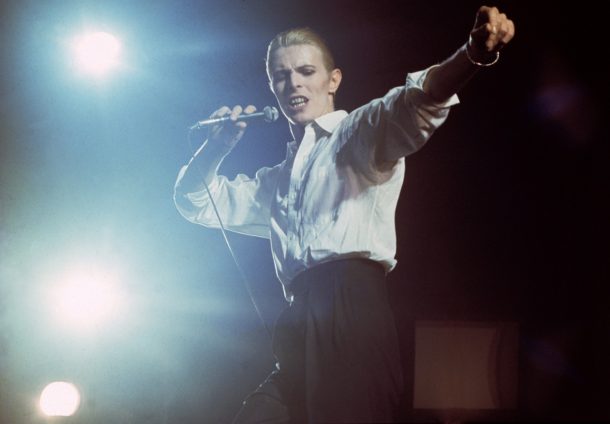
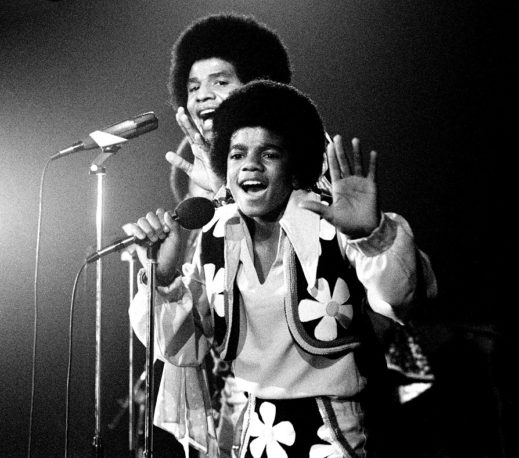
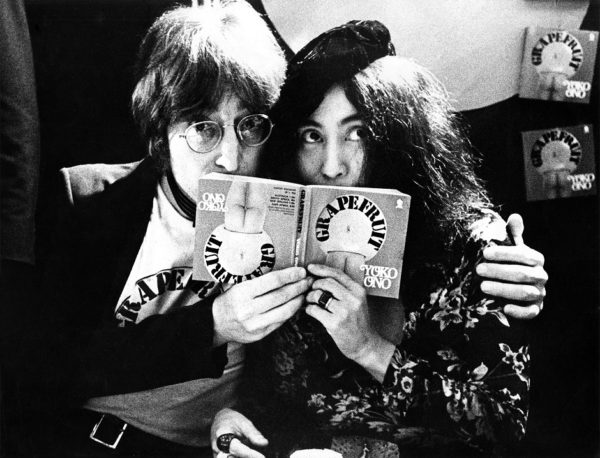
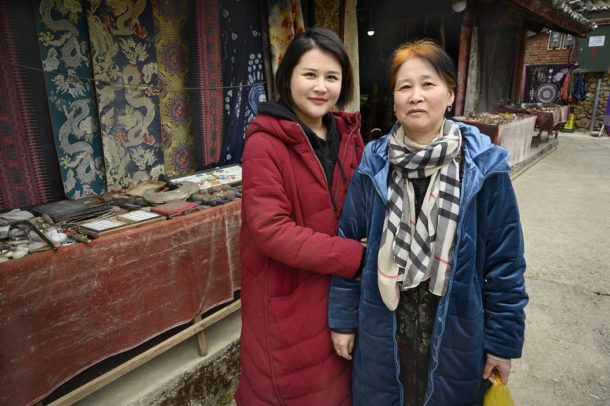
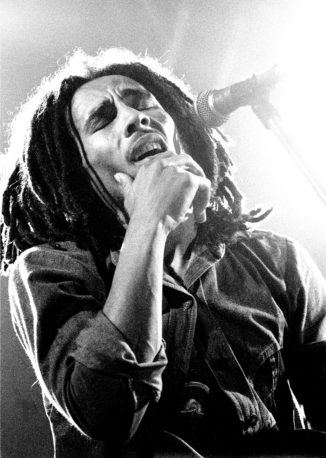
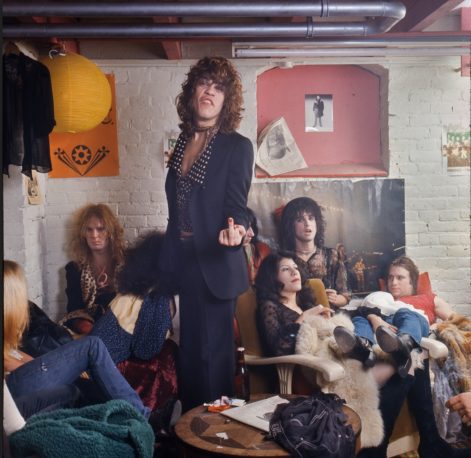
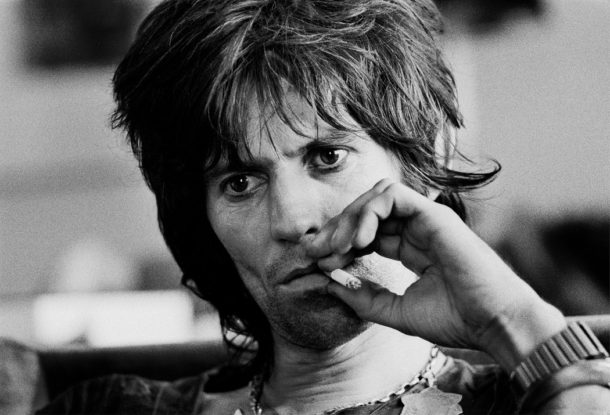


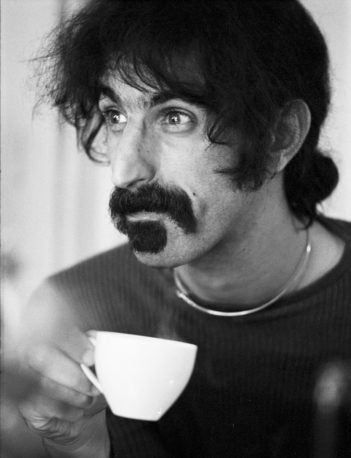














The opinions expressed by individual commentators and contributors do not necessarily constitute this website's position on the particular topic.